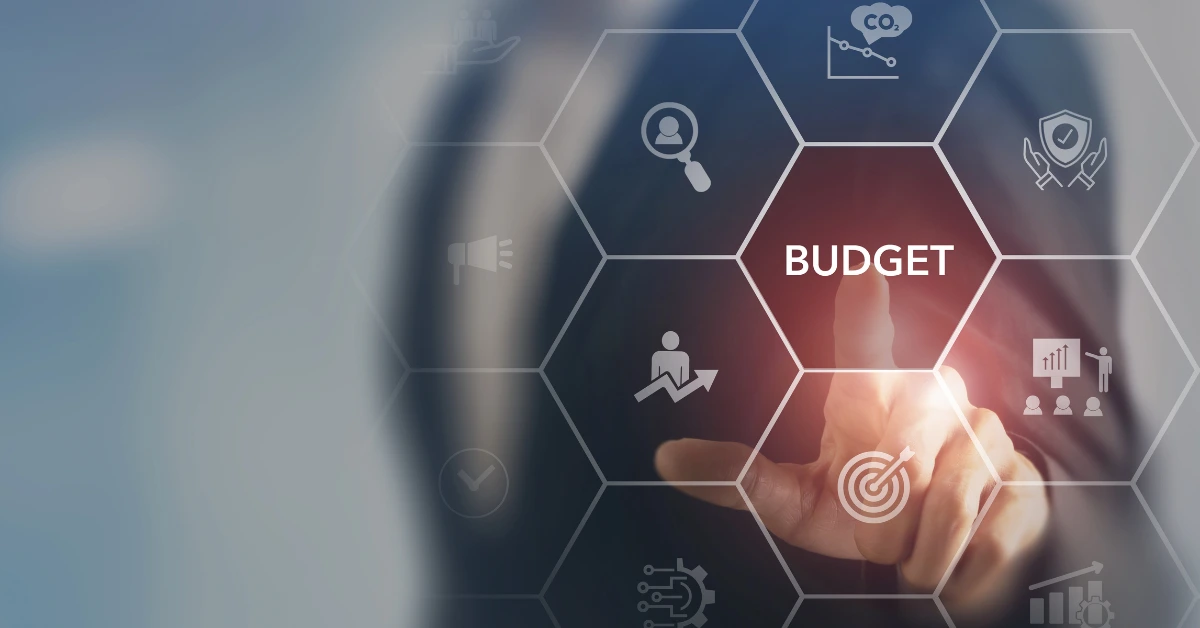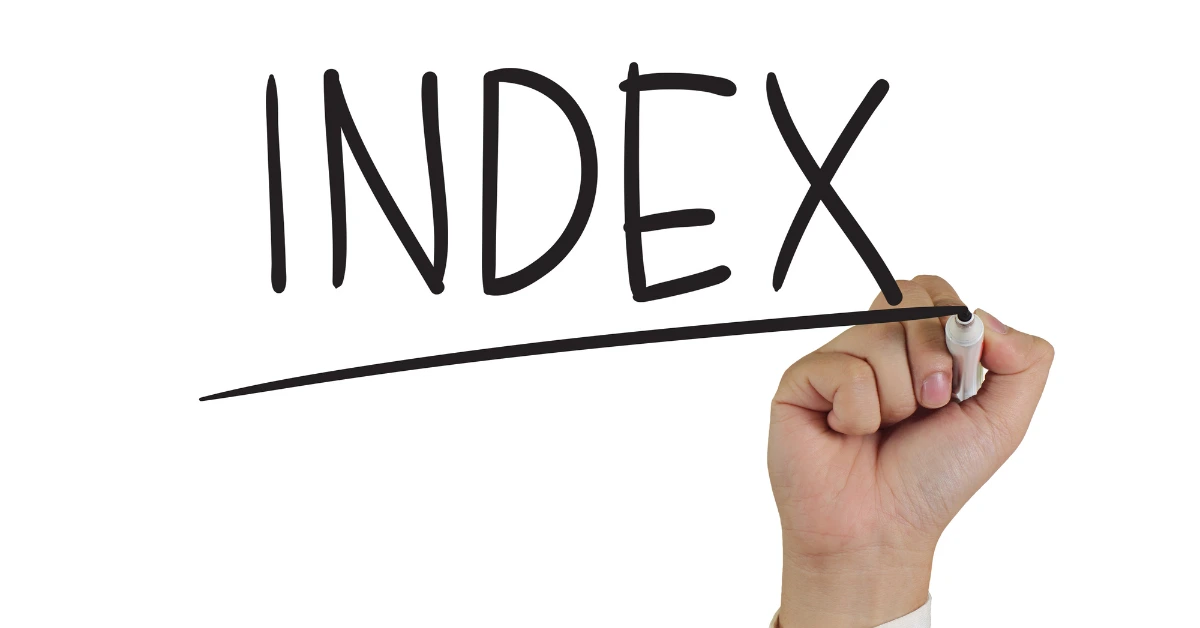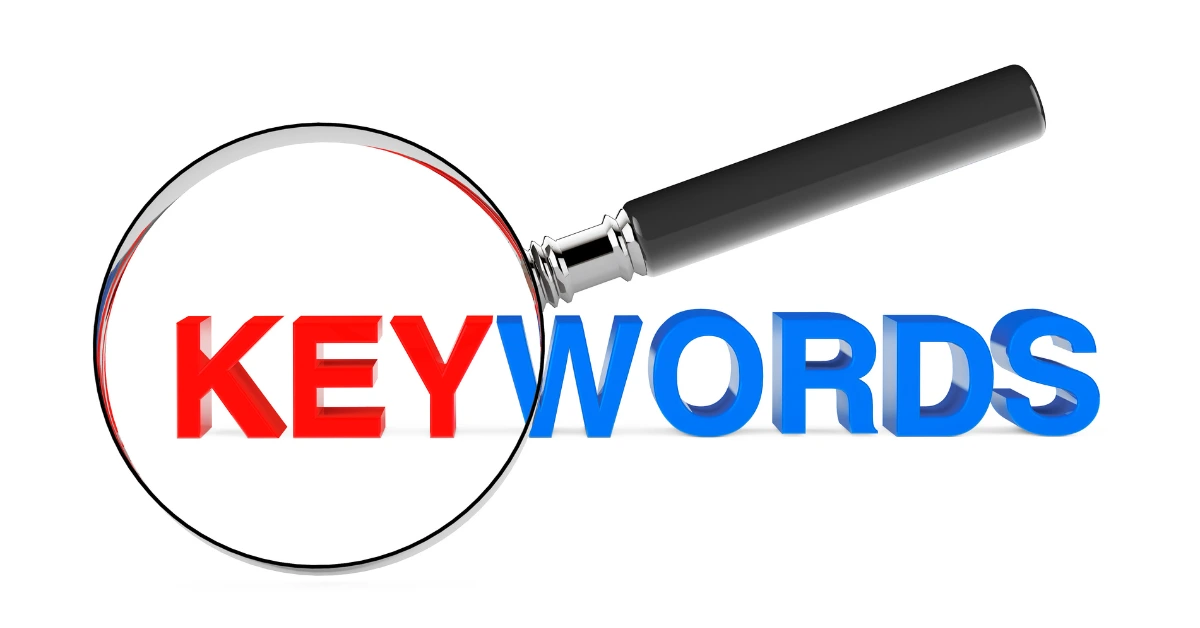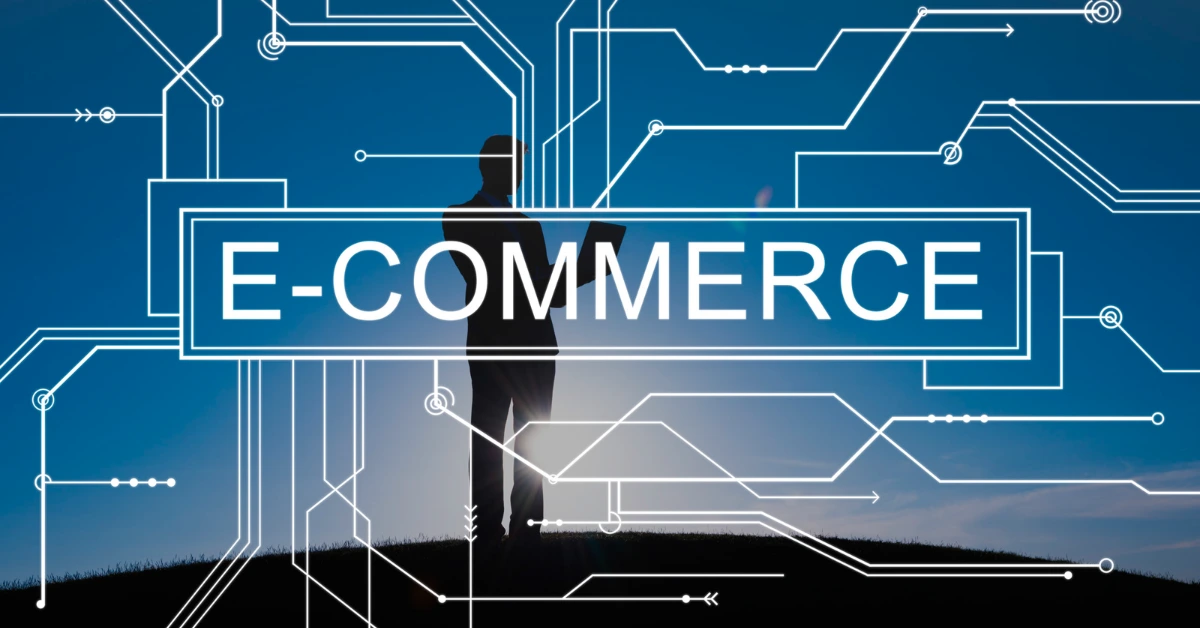Crawling is the discovery phase. Search engines like Google dispatch bots (aka spiders or crawlers) to find new or updated web pages by following links, sitemaps, or submissions
Indexing follows: the system processes, analyzes, and stores that content in a massive database to make it searchable later .
- Crawling = gathering raw data
- Indexing = organizing and storing it for retrieval
Quick Table: Crawling vs. Indexing
| Feature | Crawling | Indexing |
| Purpose | Discover URLs & content | Analyze and store content |
| Actor | Bots/Spiders (e.g., Googlebot) | Indexing systems |
| Inputs | URLs, links, sitemaps, submissions | HTML, metadata, structured data |
| Process | Fetch and read pages, follow links | Extract data, build term database, evaluate quality |
| Outputs | List of pages to process | Searchable index entries |
| Controlled by | robots.txt, sitemaps, site structure | meta robots, noindex, canonical tags |
| Phase in SEO pipeline | First step (discover) | Second step (organize & enable search) |
Deep Dive into Crawling
1. What is Crawling?
Crawling is the process by which search engine bots visit web pages, interpret the HTML, and follow links to new URLs Googlebot (and other bots like Bingbot, DuckDuckBot) continuously crawl the web .
They start with known URLs (from sitemaps, past crawls, or external links), fetch content, collect links then repeat recursively .
2. How Crawling Works
- Fetching pages: bots request page content HTML, CSS, images, JS
- Rendering: modern bots execute JavaScript to fully render content before crawling
- Link extraction: bots detect <a> links, sitemaps, feeds to find new pages
- Depth-First vs Breadth-First: Crawlers evaluate which URLs get priority using a crawl policy
3. Crawl Budget & Efficiency
Every domain has a crawl budget—a limit on how many pages bots will fetch in a timeframe.

Factors influencing crawl budget:
- Domain popularity & update frequency
- Server response speed
- Crawl errors (404s, timeouts)
- Sitemap presence & quality
Optimizing crawl budget:
- Use robots.txt to block useless pages (like login or admin URLs)
- Submit XML sitemaps to guide bots
- Maintain clean site structure and shrink redirects.
4. Common Crawling Tools
- Google Search Console – monitor crawl stats, detect errors
- Screaming Frog, Sitebulb – simulate crawler behavior
- Robots.txt Tester – check and validate crawl directives
What Is Indexing?
Indexing is the process that transforms crawled pages into structured data that search engines can retrieve for users’ queries. It’s not just storing HTML; it’s analyzing, tokenizing, building forward indexes, and inverted indexes mapping terms to documents.

1. How Indexing Works
- Content processing: bots render the final page (including JavaScript), extract visible text, tags, headers, alt text .
- Tokenization: break into words/phrases, detect language, perform stemming .
- Data structures: build forward mapping (doc terms) and inverted index (term docs) .
- Ranking signals: capture metadata title, headings, structured data for ranking later.
2. What Gets Indexed (or Not)
Not every URL crawled is indexed. Indexing depends on quality and rules
- Must-win: unique, valuable content is indexed.
- Noindex: meta-utils explicitly block indexing
- Duplicates or low-quality pages often skipped .
3. Tools & Control
- Google Search Console – shows which pages are indexed
- Meta robots tag (noindex) – prevents indexing regardless of crawl
- Canonical tags – consolidate duplicate pages .
- Structuring data – helps indexing important info like events, products.
Interplay: Crawling, Rendering, Indexing & Ranking
Crawling ➝ Rendering ➝ Indexing ➝ Ranking:
- Rendering (JavaScript execution) is a sub-stage between crawl and index
- Ranking happens post-indexing, applying signals (links, UX, freshness, relevance) .
Each stage must succeed for visible results in SERPs.
Keyword Research Angle Structure Using Semantic, NLP, & Questions
Your focus keyword: “what is the difference between crawling and indexing”. Let’s naturally integrate related and question-targeting keywords:

- Primary focus: “difference between crawling and indexing,” “crawling vs indexing SEO”
- Semantic variants: “search engine crawling and indexing,” “web crawler vs indexer”
- NLP-targeted synonyms: “spiders vs index system,” “crawler vs indexer difference”
Questions:
- “What does crawling mean in SEO?”
- “How is indexing different from crawling?”
- “Can a page be crawled but not indexed?”
- “Why is my page crawled but not indexed?”
- “How long does indexing take after crawling?”
Case Examples & Use-Cases
1: JS-heavy Pages
Imagine a SPA with content rendered by JavaScript. A crawler may fetch minimal HTML, then need to render JS to see full content this delays indexing
2: Duplicate Articles
Blog posts syndicated across multiple sites. Without canonical tags, bots crawl them but indexing might only store one canonical version .
3: Deep Site Sections
Search result pages are crawlable via internal links, but marked noindex—a crawler sees them, but indexer skips .
Troubleshooting: Crawled but Not Indexed?
Common scenarios:
- Low-quality content (thin/duplicate)
- No index meta tag present
- Blocked by robots.txt
- Crawl overload, budget spent elsewhere
- JS rendering delay
- Canonical points elsewhere
Fixes include: enhancing page quality, removing noindex, fixing canonicals, improving page speed, and submitting URLs in GSC.
Measuring & Optimizing Each Phase
| Phase | Monitoring Tool | Actions for Optimization |
| Crawling | GSC crawl stats, log files | Adjust robots.txt, sitemaps, internal linking |
| Rendering | GSC URL Inspection tool | Use server rendering or dynamic rendering improvements |
| Indexing | GSC Index Coverage report | Tweak noindex, canonicals; enrich content |
| Ranking | GSC Performance, Analytics | Optimize backlinks, UX, relevance, subject authority |
NLP & Semantic Analysis: How Search Engines Understand
Indexing isn’t just raw term storage; it uses:

- Entity recognition: Understanding concepts (e.g. crawlers, indexers)
- Topic modeling: Grouping related terms (“Googlebot,” “noindex,” “crawl budget”)
- Question detection: Mapping user query patterns (“how,” “why”)
- Synonym matching: Crawling = spidering, indexing = cataloging
Write with semantic richness—include definitions, processes, tools, FAQs—for better NLP comprehension and visibility.
LSI Topics You Should Cover
- Web crawlers & search bots
- Sitemap & link structure
- Robots meta tag, noindex, canonical tags
- Crawl budget management
- JS rendering for crawlers
- Forward vs inverted index
- Query log analysis (search demand discovery)
- Long-tail search patterns (e.g., “why isn’t my page indexed?”)
FAQ’s
Q: What does crawling mean in SEO?
A: It’s when not spiders scan websites, fetch content, follow links—aiming to discover new URLs for potential indexing.
Q: How is indexing different from crawling?
A: Crawling finds pages. Indexing processes them—analyzing content, adding to the searchable database.
Q: Can a page be crawled but not indexed?
A: Yes. Reasons include low-quality content, noindex tags, budget limits, JS rendering issues, or duplicate canonicals.
Q: How long does indexing take after crawling?
A: It varies. Some pages are nearly instant, others take days or weeks—depending on crawl budget, site authority, and dependencies like JS rendering.
Why This Matters for Keyword Researchers
Understanding crawling vs indexing:
- Helps identify opportunities for keyword targeting (only indexable pages rank).
- Enables site architecture planning to boost discoverability.
- Guides content quality improvement—crucial for passing indexing thresholds.
- Aligns publishing strategy with SEO best practices (avoid JS-only content, use proper tags).
Final Takeaways
- Crawling is discovery; Indexing is organization.
- Both are crucial steps before Ranking in SERPs.
- Crawl intelligently: use sitemaps, optimize internal links, manage bots.
- Index strategically: noindex tags, canonicals, structured data help control index footprint.
- Use tools like Google Search Console to monitor both processes and troubleshoot issues.









Share